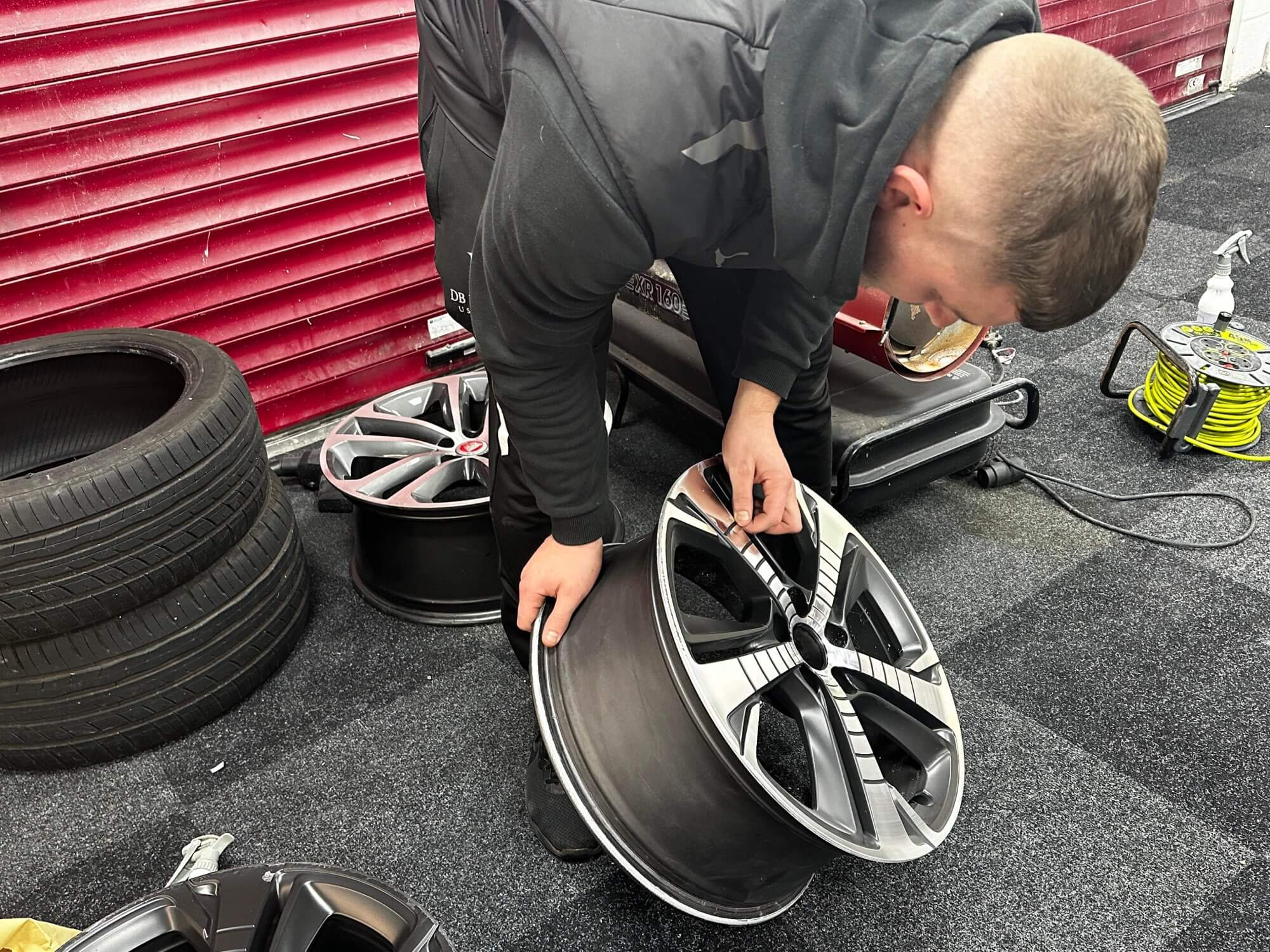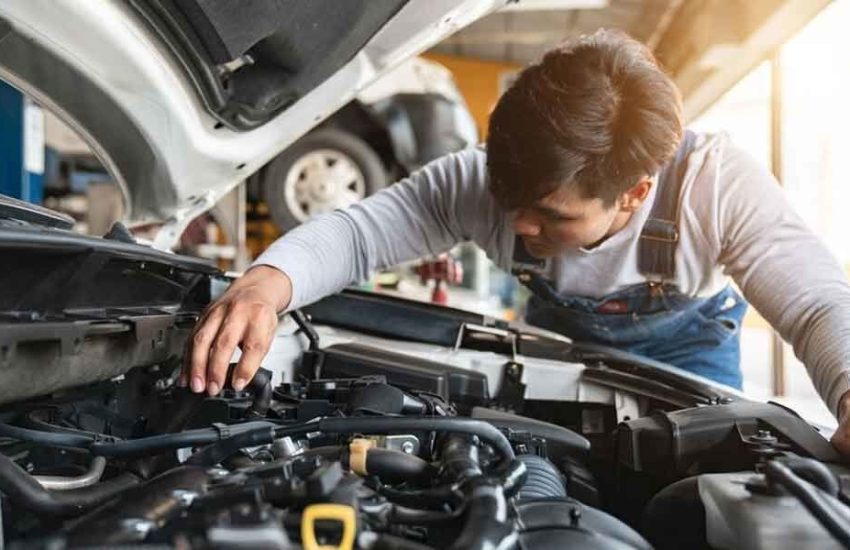Understanding the Process Followed for Alloy Wheel Repair
Alloy wheels are a popular choice among car enthusiasts for their sleek appearance and lightweight properties. However, they can be susceptible to damage from various sources, including curb collisions, potholes, and debris on the road. When alloy wheels are damaged, the process of repair involves several key steps to restore them to their original condition.
Here is an overview of the typical process followed for alloy wheel repair.
Assessment
The first step in the alloy wheel repair process is a thorough assessment of the damage. Skilled technicians inspect the wheel to determine the extent of the damage and identify any underlying issues. This assessment helps in planning the appropriate repair approach.
Tire Removal
In most cases, the damaged alloy wheel is removed from the vehicle to allow for easier access and a more precise repair. This step may involve deflating and removing the tire and tire pressure monitoring system (TPMS) sensors if equipped.
Cleaning and Stripping
The next step is to clean the wheel thoroughly to remove dirt, grime, and any existing coatings. In some cases, the wheel may need to be stripped of its existing finish or paint to prepare it for repairs. Proper surface preparation is crucial for ensuring adhesion of new coatings.
Straightening and Reshaping
If the alloy wheel is bent or misshapen, skilled technicians use specialized equipment to straighten and reshape it. Precision is essential to ensure that the wheel is restored to its proper dimensions.
Welding and Repair
In cases of severe damage, sections of the alloy wheel may be cut out and replaced with new metal through welding. This is particularly common for wheels with cracks or significant structural damage. Welding is performed to restore the wheel’s structural integrity.
Refinishing
After the wheel is repaired and reshaped, the refinishing process begins. This includes applying primer, base coat, and clear coat layers to match the wheel’s original finish. Computerized color matching systems are used to achieve an exact match, ensuring a seamless appearance.
Inspection and Quality Control
The repaired alloy wheel undergoes a final inspection to ensure that it meets quality standards. Technicians look for imperfections, correct any issues, and verify that the wheel is structurally sound and cosmetically pleasing. After passing the inspection, the repaired alloy wheel is reinstalled on the vehicle.
Final thoughts
Alloy wheel repair is a meticulous process. Skilled technicians and specialized equipment are essential to ensure that the wheel is restored to its original condition, both structurally and aesthetically. Properly repaired alloy wheels can extend the life of your vehicle and maintain its appearance.



